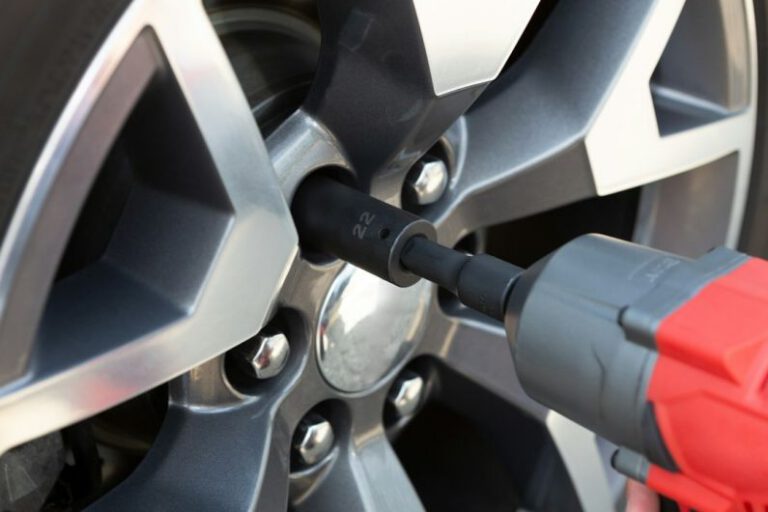How to Save Fuel with Efficient Driving Techniques?
Fuel consumption is a significant concern for many drivers, as the rising costs of gasoline and environmental awareness continue to influence our choices. Thankfully, there are several efficient driving techniques that can help save fuel and reduce our carbon footprint. By adopting these techniques, not only can we save money, but we can also contribute to a cleaner and greener environment.
Maintain a Steady Speed
One of the key ways to save fuel is by maintaining a steady speed while driving. Constantly accelerating and decelerating leads to unnecessary fuel consumption. When driving on highways or open roads, try to maintain a consistent speed that is within the legal limit. Utilize your cruise control feature, if available, to help maintain a steady pace. By doing so, you can significantly reduce fuel expenditure and maximize efficiency.
Avoid Unnecessary Idling
Idling your vehicle for extended periods consumes fuel unnecessarily. Whether you are waiting for someone or stuck in traffic, aim to avoid idling whenever possible. If you anticipate being stationary for more than a minute, it is more fuel-efficient to turn off your engine and restart it when you are ready to move again. This practice can help conserve fuel and reduce emissions.
Plan Your Trips Strategically
Planning your trips in advance can help you save fuel by minimizing unnecessary driving. Combine multiple errands into one trip to avoid making multiple journeys. By doing so, you can reduce the total distance traveled and save on fuel consumption. Additionally, consider carpooling or using public transportation whenever possible to further reduce fuel usage.
Anticipate Traffic Flow
Anticipating traffic flow and adjusting your driving accordingly can help save fuel. By looking ahead and predicting when you may need to slow down or stop, you can avoid harsh braking and sudden acceleration. Gradual and smooth driving conserves fuel and reduces wear and tear on your vehicle. Additionally, maintaining a safe following distance allows you to react to traffic changes more effectively, reducing the need for sudden maneuvers.
Reduce Aerodynamic Drag
Aerodynamic drag can significantly impact fuel efficiency. To reduce drag, keep your windows closed when driving at high speeds, as open windows create turbulence. Additionally, remove any unnecessary roof racks or bike carriers when not in use. These accessories increase wind resistance and can decrease fuel efficiency. By minimizing aerodynamic drag, you can optimize your vehicle’s performance and save fuel.
Regular Vehicle Maintenance
Regular vehicle maintenance is crucial for fuel efficiency. Ensure that your tires are properly inflated, as underinflated tires increase rolling resistance and fuel consumption. Additionally, schedule routine oil changes, air filter replacements, and engine tune-ups as recommended by your vehicle’s manufacturer. A well-maintained car operates more efficiently, resulting in reduced fuel consumption.
Conclusion: Adopting Efficient Driving Techniques
By adopting efficient driving techniques, we can make a significant impact on our fuel consumption and the environment. Maintaining a steady speed, avoiding unnecessary idling, planning trips strategically, anticipating traffic flow, reducing aerodynamic drag, and regular vehicle maintenance are all effective ways to save fuel. Implementing these techniques will not only help us save money at the pump but also contribute to a cleaner and greener future. So, let’s drive smart and make a positive difference today!






